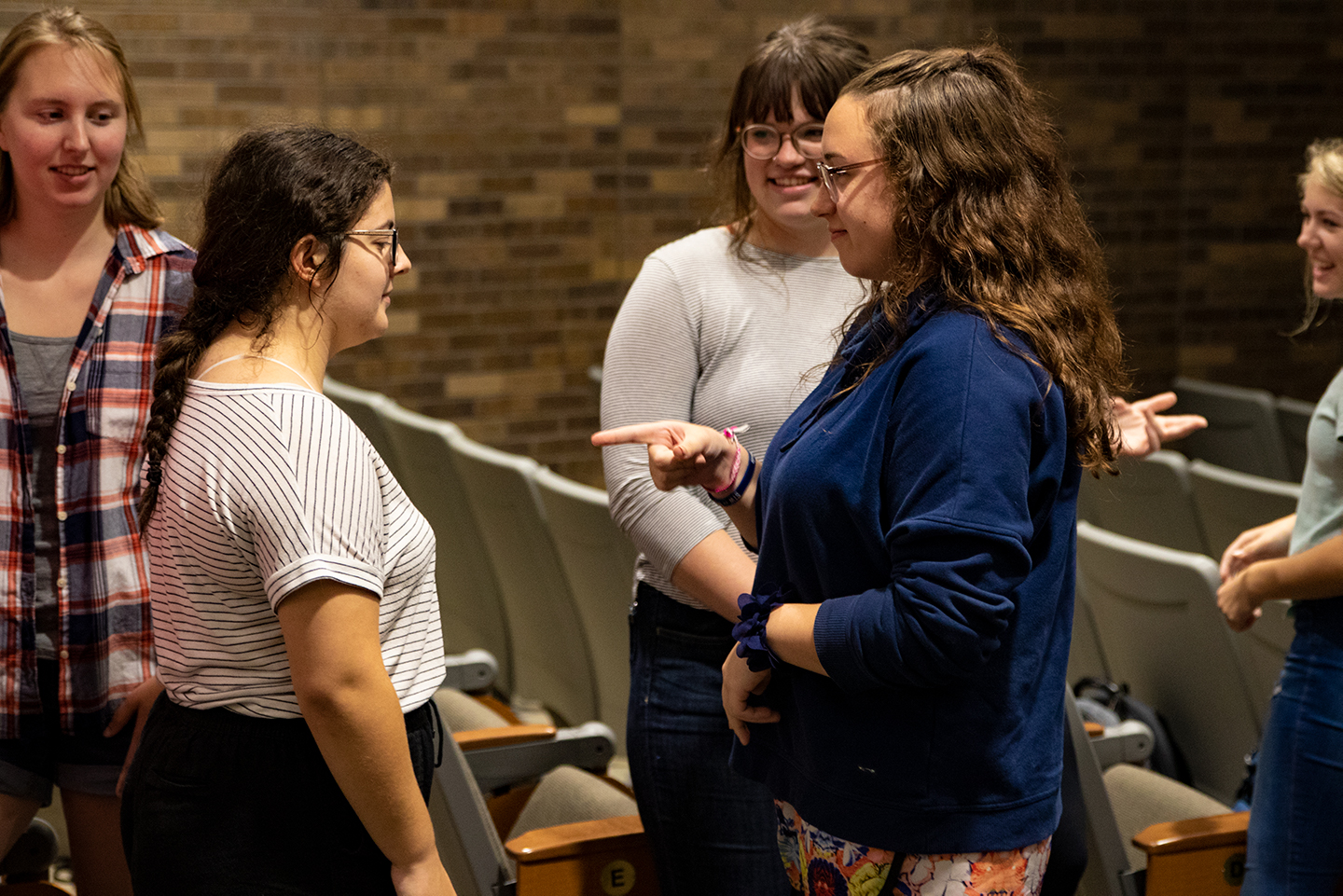
USD ASL club looks to continue expansion through new semester
After English and Spanish, American Sign Language is the third most used language in the United States and is expanding outside of the deaf community.
The American Sign Language (ASL) Club at USD regrouped last spring after disbanding a few years ago. USD offers two sign language classes but the interest in learning ASL has rapidly grown since the club’s resurfacing.
Since their reintroduction as a student organization, 50 members have joined the ASL Club. Veronica Steinhoff, ASL Club vice president and events coordinator, said the club is hoping to expand this semester by increasing student involvement.
“We want to create talk about the language and how important it is,” Steinhoff said. “We plan on adding new members whenever we can, and all of our events are open to all students, faculty and the public.”
The ASL Club meets every other Tuesday at 4 p.m. in Churchill-Haines room 101. Just like any student organization, the members plan events and take care of business items. But they also play games and participate in activities to learn and use sign language.
“It’s really cool to see someone who just started learning sign language to be able to communicate with somebody who is actually deaf and completely fluent in sign,” said Alexis Sejnoha, a senior social work major and ASL Club president. “It’s cool to see those two worlds come together.”
Sejnoha said it’s important to have an ASL club on campus to promote accessibility and inclusiveness.
“I think it’s important for the deaf community to be visible but I also think it’s important for hearing people to see things from a different perspective,” Sejnoha said.
Steinhoff, a junior communication sciences and disorders major, said her love of the language led her to join a group open to all, deaf or not.
“It is a fascinating language and helps out a lot of
The ASL Club also hosts monthly silent dinners in the MUC Ballroom where students in the club can practice their sign language skills. All students are welcome to come and learn sign language or just watch people interact.
“The most challenging part of learning ASL is the practice,” Sejnoha said. “Like any other foreign language, you need to practice so you can become better at being fluent. ASL really is a beautiful language and can come very naturally to some people, which is why I love it so much.”


